
Silica (Silicon dioxide) is commonly found in stone, rocks, and sand, and it's a significant part of many construction materials like concrete, bricks, tiles, and mortar. When these materials are cut, drilled, or polished, they produce a fine dust known as respirable crystalline silica (RCS) that can deeply penetrate the lungs when inhaled. Since RCS particles are invisible, workers may inhale high concentrations without realizing it.
Silicosis
Silicosis is an irreversible and progressive lung disease caused by exposure to RCS, putting at risk around 600,000 workers in the UK, mostly in construction. It permanently damages the lungs and is linked to 500 direct deaths in the UK per year and a further 4000 deaths annually from silicosis-related COPD, according to a BOHS study. However, it's entirely preventable. Employers can protect their workers by monitoring dust levels, reducing RCS exposure, educating workers, and providing quality respiratory PPE. These steps not only keep workers safe but also save money for companies and the economy.
At-Risk Industries
Industries particularly vulnerable to silica exposure include:
- Construction
- Mining, quarrying
- Pottery and glass manufacturing
- Stone Masonry
- Stone cutting
- Worktop manufacturing
- Sandblasting
Implementing Control Measures
UK regulations require employers to:
- Assess risks and keep records for larger workforces.
- Use materials with lower RCS content when possible.
- Control RCS exposure.
- Educate workers about risks and prevention.
- Provide proper respiratory PPE.
Workers should be trained to use, check, and clean their gear regularly. They should also report any issues with their equipment to supervisors.
Choosing a Respirator for Silica Dust Exposure
Ensuring the right fit is crucial when selecting a respirator for silica exposure. Different workers may require different sizes, so supervisors should offer a range of options. For workers with facial hair, it's important to choose a respirator that fully covers the face to prevent air from leaking around the mask's edges.
Discover our top recommendations for respiratory protection against silica dust:
FFP3 Respirator: 3530V 3030V Cup Shaped Respirator
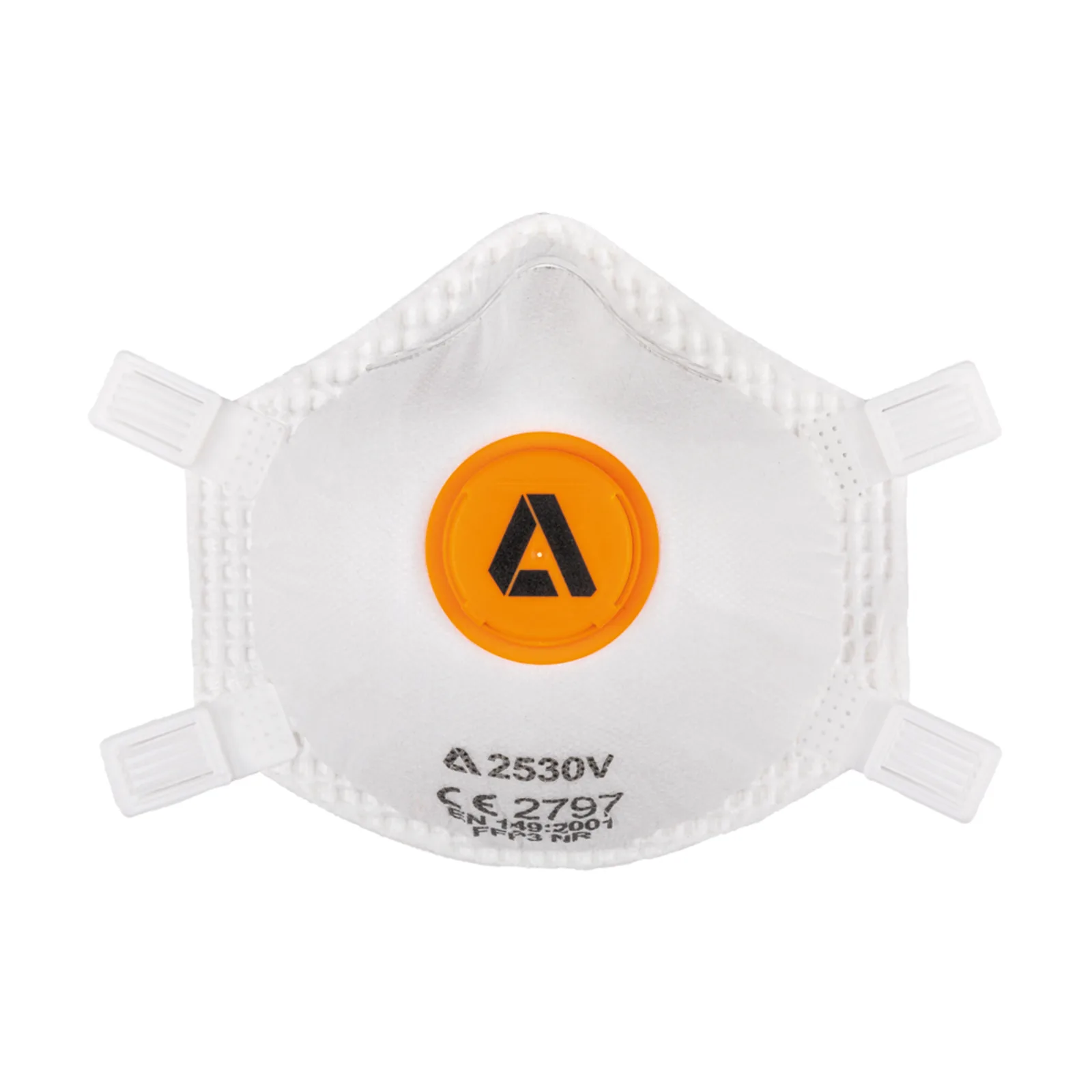
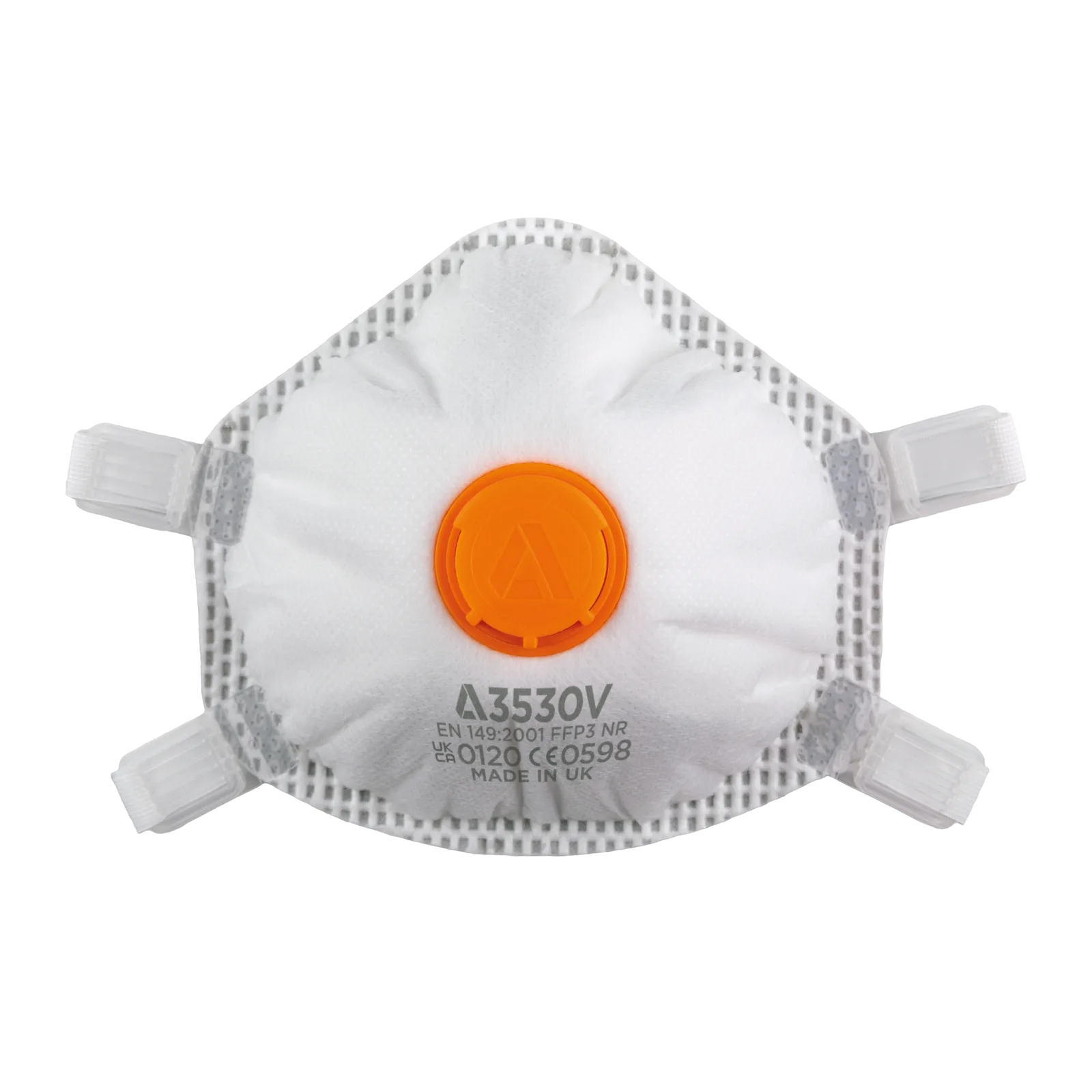
9030V Respirator Alpha Flow AMF-3V
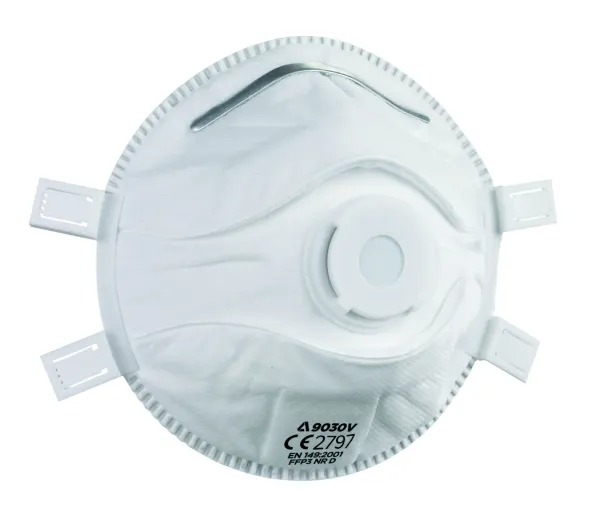
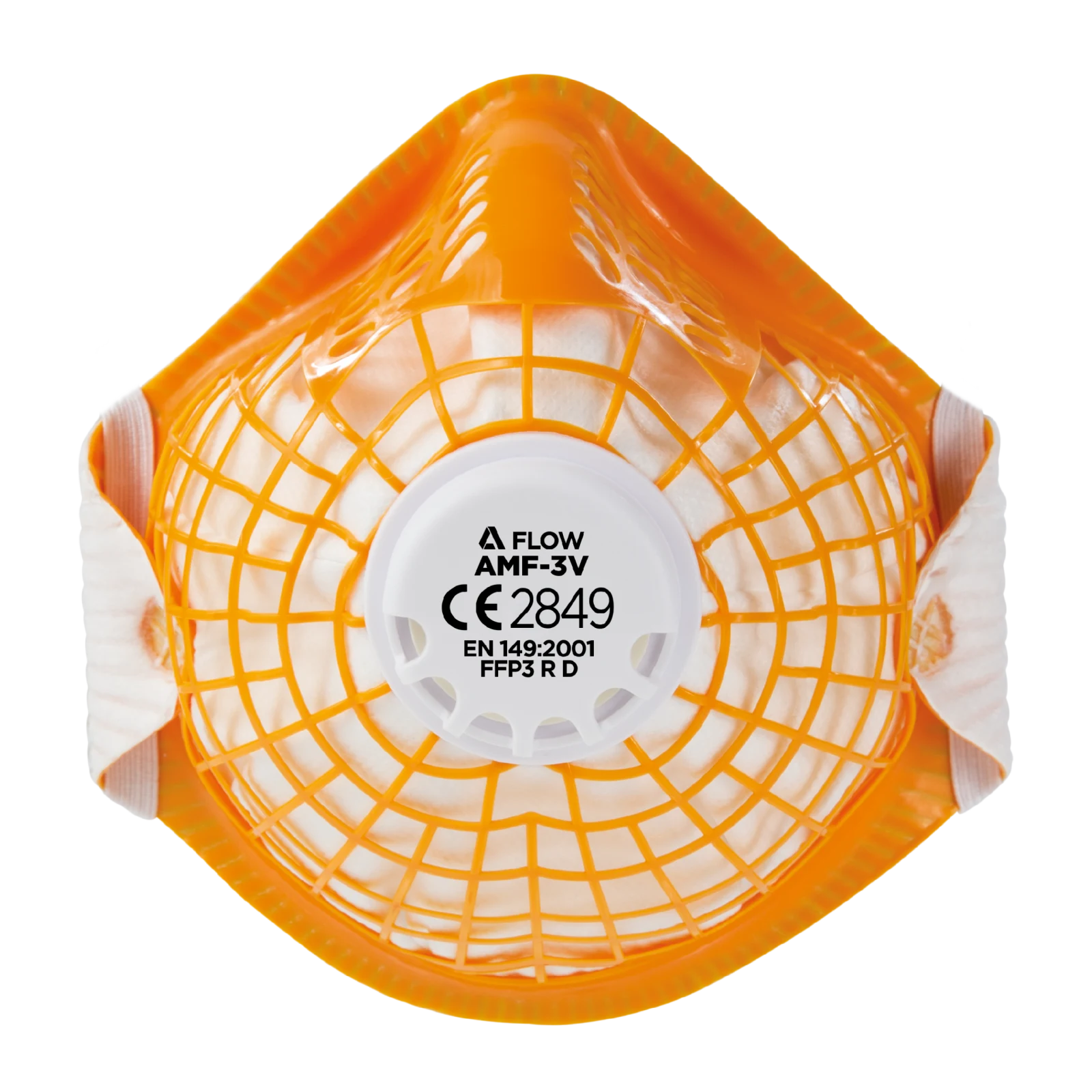
Alpha Sentinel Half Face Mask Respirator Alpha Sentinel Full Face Respirator Mask
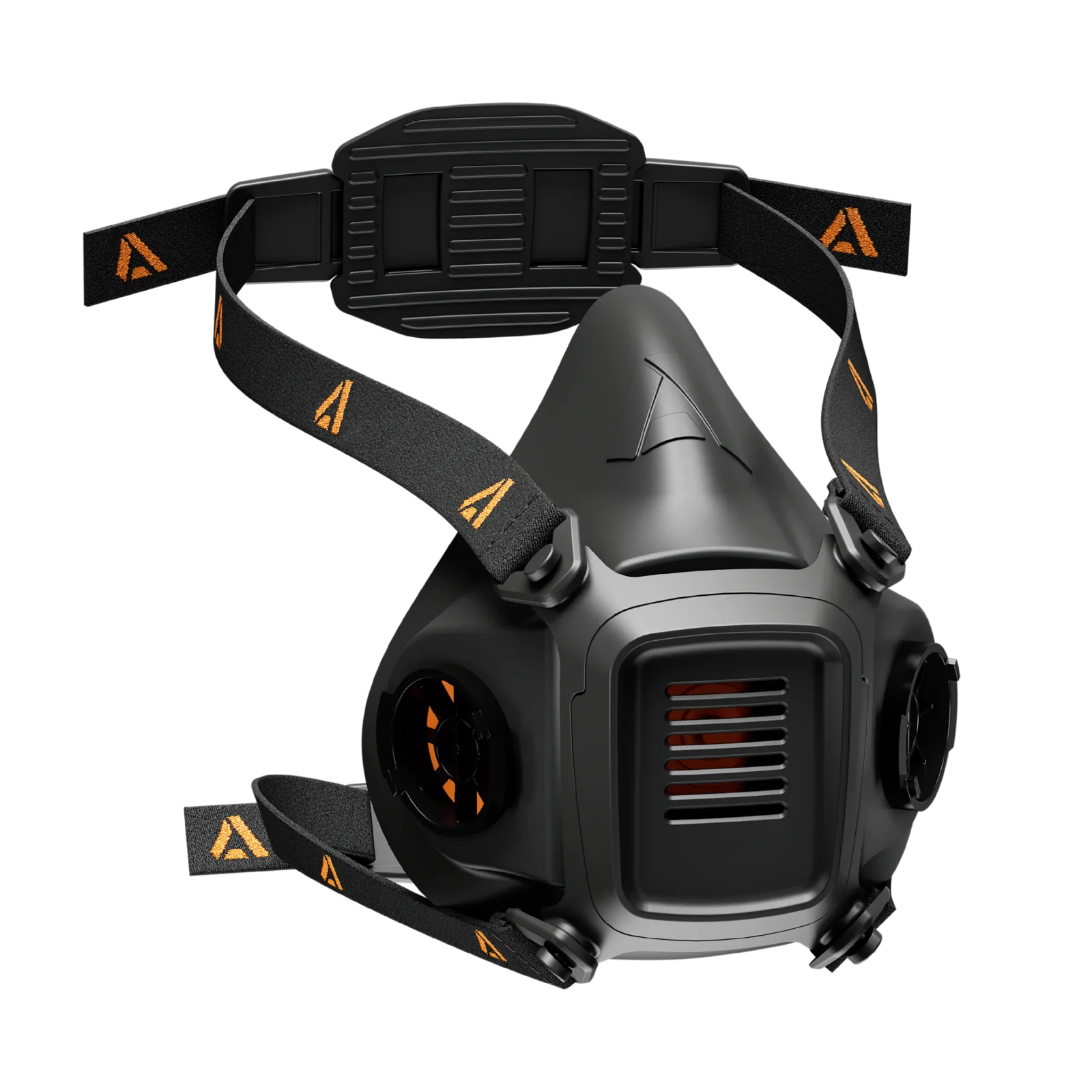
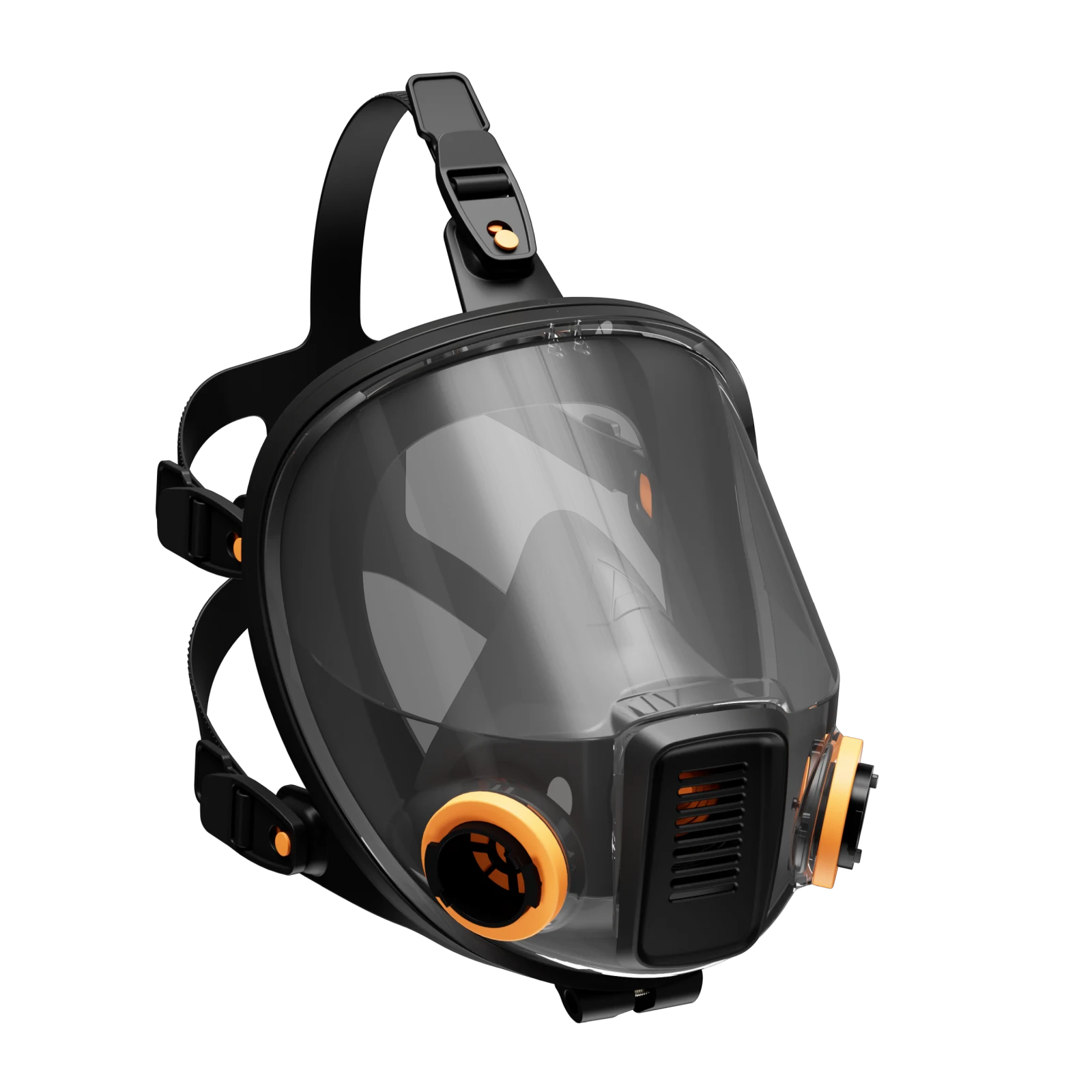
View our full range of respiratory protection here.

